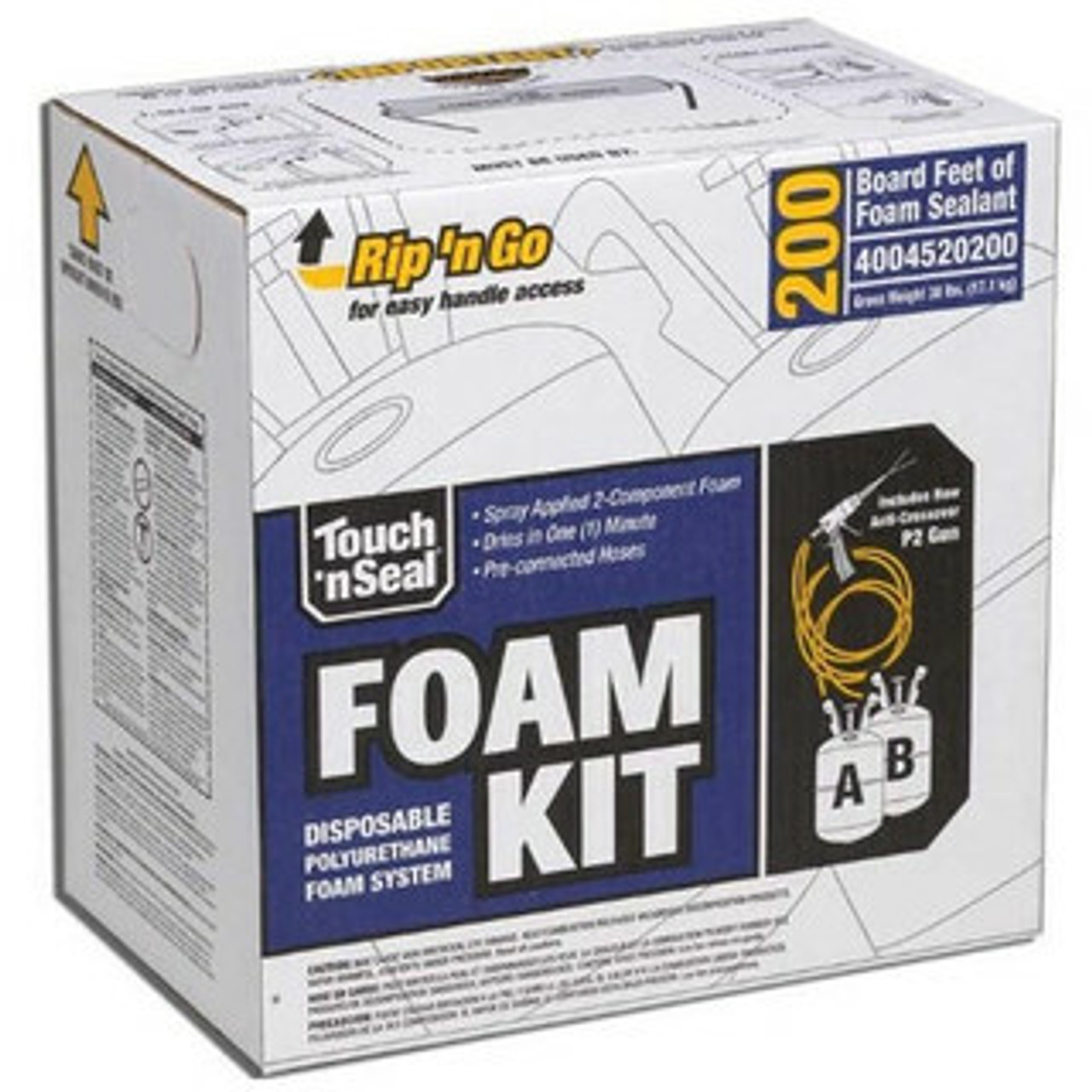-

Kraken Bond Fastcoat Closed Cell Insulation Spray Gun Foam 27.1 Oz - Case of 12 Minimum
Kraken
Our Item #: 19474s
- MFG #:
$19.25 -
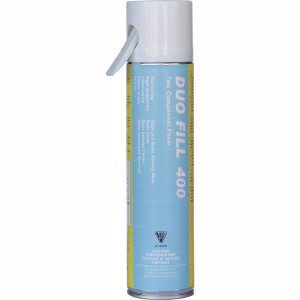
Todol Duo Fill 400 Closed Cell Straw Foam Can DF01 - Case of 15 Minimum
Todol Products
Our Item #: 19624
- MFG #:
$34.43 -
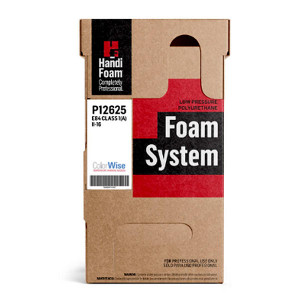
Handi-Foam II-16 E84 (HFO) 16 bd. ft. Low Pressure Spray Foam Kit P12625
Fomo Products
Our Item #: 19730s
- MFG #:
$43.10 -

Handi-Foam Open Cell Low Density Spray Foam Kit 40bdft P12630
Fomo Products
Our Item #: 20529s
- MFG #:
$55.50 -
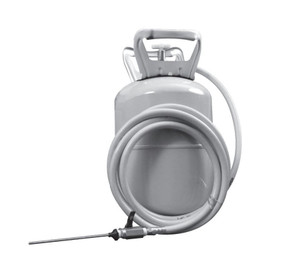
Handi-Foam Low Pressure One Component Polyurethane Foam Sealant I-260 P11042
Fomo Products
Our Item #: 11307s
- MFG #:
$192.91 -
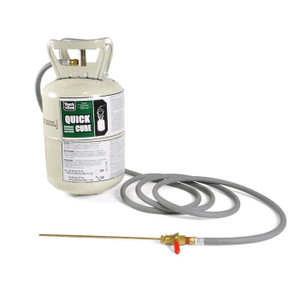
Touch n Seal Quick Cure 16lb One Component Polyurethane Spray Foam System RX 7565000069 (Minimum of 6)
Touch n Seal
Our Item #: 11304
- MFG #:
$199.00 -
 $217.00
$217.00 -

Handi-Foam E84 Class 1 Closed Cell 105 Spray Foam P12063/P12135
Fomo Products
Our Item #: 16332s
- MFG #:
$252.18 -
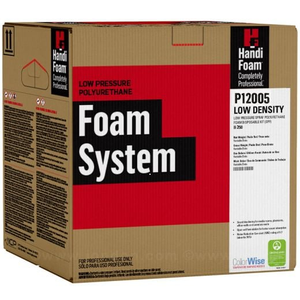
Handi-Foam Open Cell Low Density Spray Foam Kit 250bdft P12005
Fomo Products
Our Item #: 20415
- MFG #:
$288.21 -

Touch n Seal Spray Foam Insulation Kit 110 Board Foot Closed Cell 75650 02110- Pack of 4 Kits Minimum
Touch n Seal
Our Item #: 10858
- MFG #:
$289.27 -

Handi-Foam II 60 Board Foot High Density, Low Pressure Spray Foam Kit P12025
Fomo Products
Our Item #: 19725
- MFG #:
$291.40Ships only to Commercial Addresses -

Handi-Foam 200 Closed Cell Spray Foam Insulation Kit E84 P12055
Fomo Products
Our Item #: 16333s
- MFG #:
$341.66
What Is Spray Foam Insulation and How Does It Work?
Spray foam insulation is a polyurethane material that expands on contact to seal gaps, cracks, and seams in walls, attics, and crawl spaces. When the two components mix during application, a chemical reaction causes the foam to expand and harden into a dense barrier that keeps air and moisture out.
There are two main types of spray foam: open-cell and closed-cell. Open-cell foam has a softer, flexible texture that allows for some airflow and helps reduce sound transfer between rooms. Closed-cell foam is much denser and creates a strong, rigid layer with a higher R-value per inch. It works well in basements, exterior walls, and areas that need moisture protection or added structural strength.
Once applied, spray foam expands to fill every small opening, cutting down on drafts and heat loss. This helps keep indoor temperatures stable and lowers energy costs over time. It also limits condensation and mold growth by reducing the amount of moisture that can enter walls and ceilings.
Conservation Mart carries both open-cell and closed-cell spray foam insulation kits that are easy to use for residential and commercial projects. They’re a practical choice for anyone looking to improve comfort, energy efficiency, and long-term performance.
High Expansion vs. Low Expansion Foam: What’s the Difference?
Spray foam insulation comes in two main forms: high expansion and low expansion. The difference lies in how much the foam expands after it’s applied and what kinds of jobs it’s best suited for.
High expansion foam expands dramatically, sometimes up to 100 times its original volume. It’s designed to fill large spaces like wall cavities, attics, crawl spaces, and rim joists. This type of foam is ideal for creating an airtight seal in wide or hard-to-reach areas, helping to improve overall insulation performance.
Low expansion foam only expands about 10 to 20 times its original size. It’s perfect for smaller, more precise applications such as sealing around window and door frames. Because it expands less, it reduces the risk of bending or warping delicate materials like trim or window sashes.
| Foam Type | Best For | Key Feature |
|---|---|---|
| High Expansion | Large wall cavities, attics | Fills wide gaps quickly |
| Low Expansion | Window and door frames | Precise control, less pressure |
Both types deliver strong air sealing and energy savings. Choosing the right one depends on the size of the project and how much control you need during application. Conservation Mart offers both high and low expansion spray foam options so you can match your insulation needs to the right product.
Applications of Spray Foam Insulation Kits
Spray foam insulation kits are versatile tools used to seal and insulate many different areas in a home or commercial building. They help create a continuous air and moisture barrier, improving comfort and cutting down on heating and cooling costs.
Crawl spaces and basements often lose heat through cracks and gaps along walls and rim joists. Applying closed-cell spray foam in these areas strengthens the building envelope and helps control moisture.
Attics and rooflines benefit from both open-cell and closed-cell foam, depending on the climate and ventilation setup. Insulating these areas helps prevent heat loss in winter and keeps attic temperatures cooler in summer.
Wall cavities and studs can be filled with spray foam to improve energy efficiency in both new construction and renovation projects. The foam expands to reach tight spots that traditional insulation materials can’t fully cover.
HVAC penetrations and plumbing gaps are also common problem areas where air leakage can occur. A small spray foam kit can seal these openings and stop drafts around vents, pipes, and ducts.
Conservation Mart carries a wide selection of both open-cell and closed-cell spray foam kits, making it easy to find the right option for your project.
Benefits of Using Spray Foam Insulation
Spray foam insulation improves comfort, efficiency, and overall building performance in several key ways.
- Energy Efficiency – Creates a tight thermal envelope that reduces heat transfer and lowers energy bills.
- Air Sealing – Expands to fill cracks and prevent drafts for consistent indoor air quality.
- Moisture Control – Closed-cell foam helps prevent condensation and mold growth in damp areas.
- Sound Dampening – Open-cell foam absorbs sound, reducing noise between rooms and from outside.
- Pest Resistance – Seals entry points to block insects and rodents.
Each of these benefits adds up to a more durable and comfortable space. Conservation Mart’s spray foam kits make it easy for professionals and DIY users to achieve professional-grade results.
Is Spray Foam Insulation Safe and Code Compliant?
Modern spray foam insulation is designed with safety and environmental responsibility in mind. When applied correctly, it forms a durable, non-toxic barrier once cured. The chemical reaction that causes the foam to expand only happens during installation, so proper ventilation and protective gear are recommended while applying it. After curing, the foam is completely inert and safe for occupied spaces.
Many of today’s spray foam products use Low GWP (Global Warming Potential) blowing agents that are HFC-free, helping reduce environmental impact. These formulations meet key building code and LEED standards for energy efficiency and sustainability.
Spray foam insulation also contributes to better indoor air quality by sealing out dust, pollen, and pollutants. Because it minimizes moisture infiltration, it helps prevent the growth of mold and mildew.
At Conservation Mart, the spray foam kits we carry are fully compliant with safety and building codes. They’re manufactured by trusted brands that meet EPA and environmental certification requirements. When applied as directed, these products provide a safe and reliable insulation solution.
Choosing the Right Spray Foam Kit for Your Project
Selecting the right spray foam insulation kit depends on the size and type of job. Each project has unique requirements, so it helps to understand the basics before choosing.
- Application Size: Small gaps or quick repairs need low-volume kits. Larger projects, such as attics or walls, require higher-capacity kits.
- Expansion Type: High expansion foam is ideal for filling wide cavities. Low expansion foam provides more control for detailed work.
- Open-Cell vs. Closed-Cell: Open-cell foam offers sound control for interiors. Closed-cell foam provides higher R-value and moisture resistance.
- Environment and Cure Time: Match your kit to the working temperature and humidity for best performance.
- Indoor or Outdoor Use: Check product specifications to ensure compatibility with your project conditions.
Spray foam kits vary in size, density, and performance, but the right one makes your project faster and more effective. For help choosing the best kit, Conservation Mart’s team can guide you toward the ideal solution for your insulation needs.
Frequently Asked Questions
Coverage depends on the size of the kit and the foam type. Most small DIY kits cover between 200 and 600 square feet at a one-inch thickness. Larger contractor kits can cover up to several thousand square feet.
Yes, but the foam and surface should be within the manufacturer’s recommended temperature range. Cold conditions can slow curing, so warm both the tanks and the area before spraying for best results.
Most unopened spray foam kits have a shelf life of about 12 months when stored in a cool, dry place. Always check the product label for specific storage and expiration information.
Spray foam provides a tighter air seal and higher R-value per inch than fiberglass. It also blocks moisture and resists mold, which helps improve long-term energy efficiency and comfort.
Uncured foam can be wiped off using a foam cleaner or acetone. Once cured, it must be removed mechanically by cutting or scraping. Always wear gloves and follow safety guidelines when handling foam.

